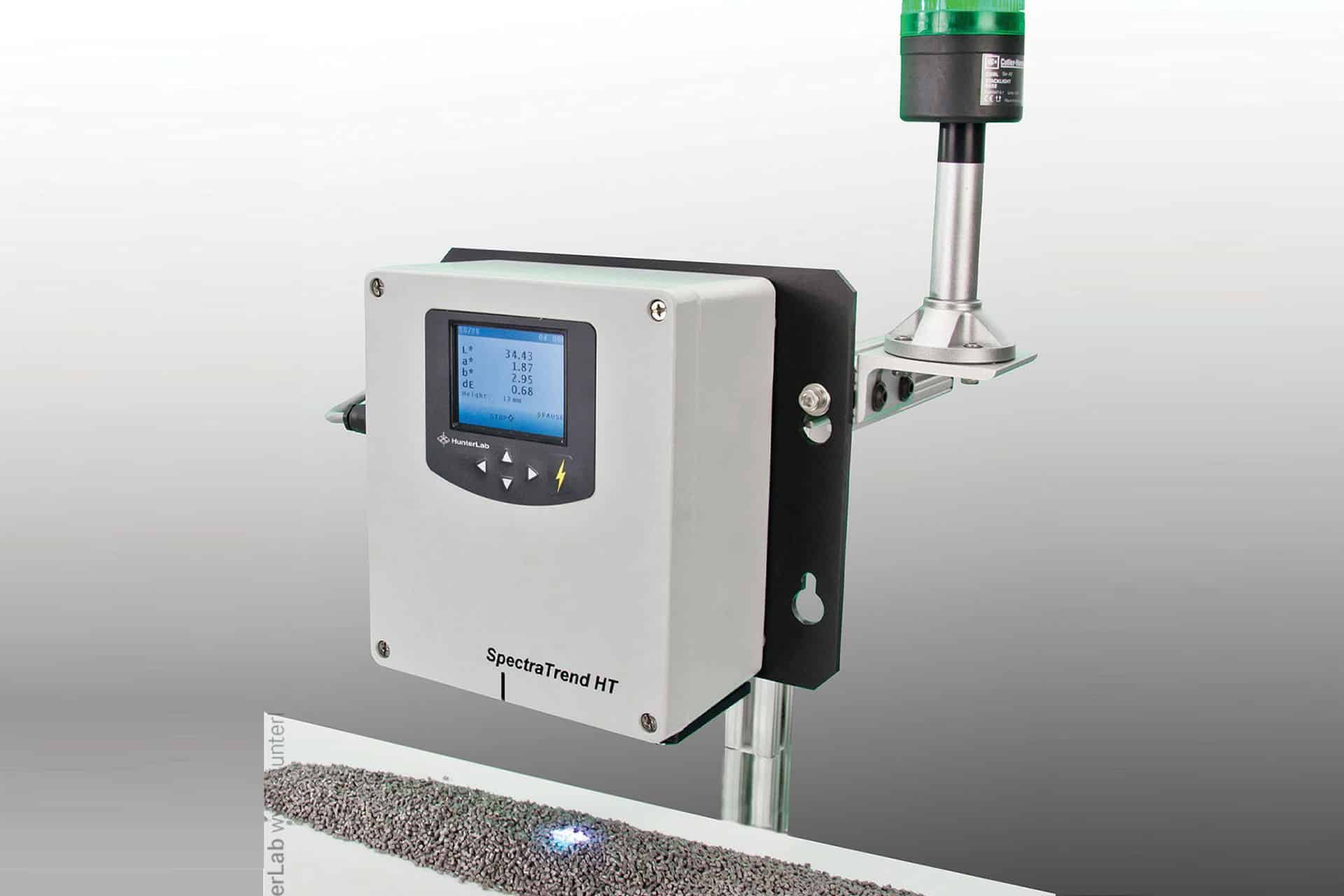Colour measurement of meat substitute products

Vegan is in! More and more consumers are now consuming plant-based meat substitutes. The decisive factors here are often their own health, animal welfare and climate protection. It is interesting to note that the better the taste, smell and appearance of a real piece of meat, the greater the acceptance of meat alternatives. The aim of manufacturers of substitute products is therefore to cover the entire sensory spectrum, i.e. to create a product that is as close as possible to the original animal product in terms of these three components.
The characteristic taste we associate with meat most likely comes from animal hemoprotein and is not easily imitated by other ingredients and spices. This is where the color of the product comes into play: According to a study in the Journal of Consumer Research, the color and appearance of a food sometimes influence our taste impression even more than the actual taste. If a plant-based product looks like real meat, consumers are more likely to taste meat. When using plant-based proteins, it is therefore essential to optimize the visual impression as well as the taste.

High-quality colorimeters are the basis for reproducing the characteristic appearance of meat. These can be used to check the quality of the raw materials and additives in a product, as well as to check and guarantee the visually consistent appearance of the end product.
Konkret wäre z. B. das Aeros von Hunterlab geeignet, das insbesondere größere Oberflächen inhomogenen Materials messen kann. In der Schale mit 30 cm Durchmesser können körnige Rohstoffe wie Seitan, Soja, Lupinen und Erbsen unkompliziert gemessen werden. Dabei ist der Reinigungsaufwand, im Vergleich zu herkömmlichen Geräten sehr gering, da keine Glasküvetten verwendet werden, die anschließend gesäubert werden müssten.
Möchte man die Farbe pulverförmiger Zutaten wie z. B. von Weizenproteinen, Gewürzen oder Pigmentpulvern messen, empfiehlt HunterLab die Messung in einer Glasküvette mit dem ColorFlex L2 oder dem Agera. Diese Geräte sind auch zur Messung opaker Flüssigkeiten wie Lösungen von Lebensmittelfarben geeignet.
Für Endprodukte, wie z. B. pflanzliche Burger-Patties kommen sowohl die erwähnten Labor-Farbmessgeräte oder auch Inline-Spektralphotometer wie das SpectraTrend HT in Frage.

Aeros
Direct and non-contact measurement of irregular samples. For granules, pellets, powder or snack food.

ColorFlex L2 (45°/0°)
Compact colorimetry station with integrated QC software for many applications.

Agera (0°/45°)
Color measurement (upward or forward-facing measuring opening) directly or in cuvettes, UV control and 60° gloss measurement.

SpectraTrend HT
Online (inline) spectrophotometer for quality control during production.
Contact us today to find out more about our devices and how you can best determine the color of your product in particular.
The HunterLab team looks forward to hearing from you!


